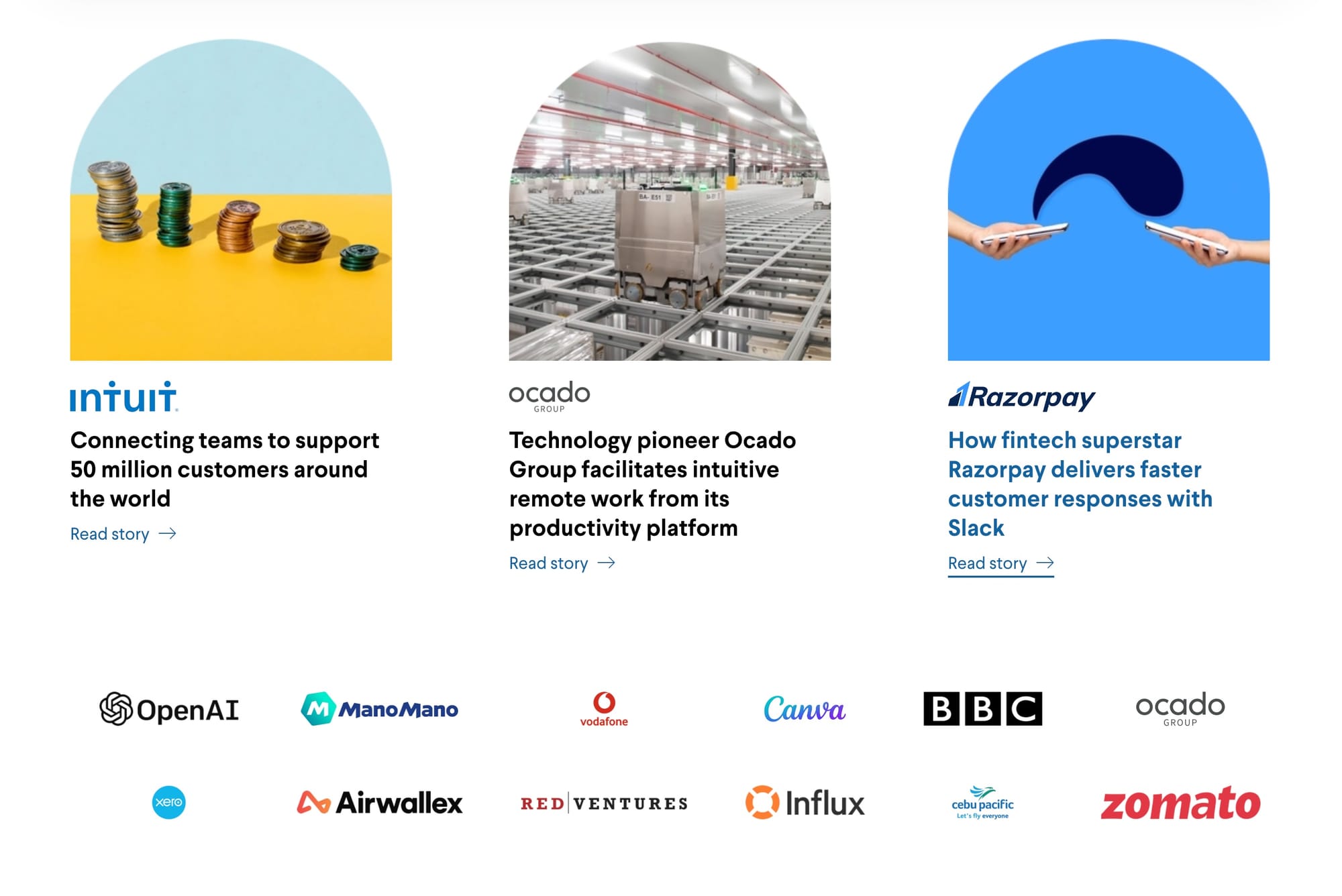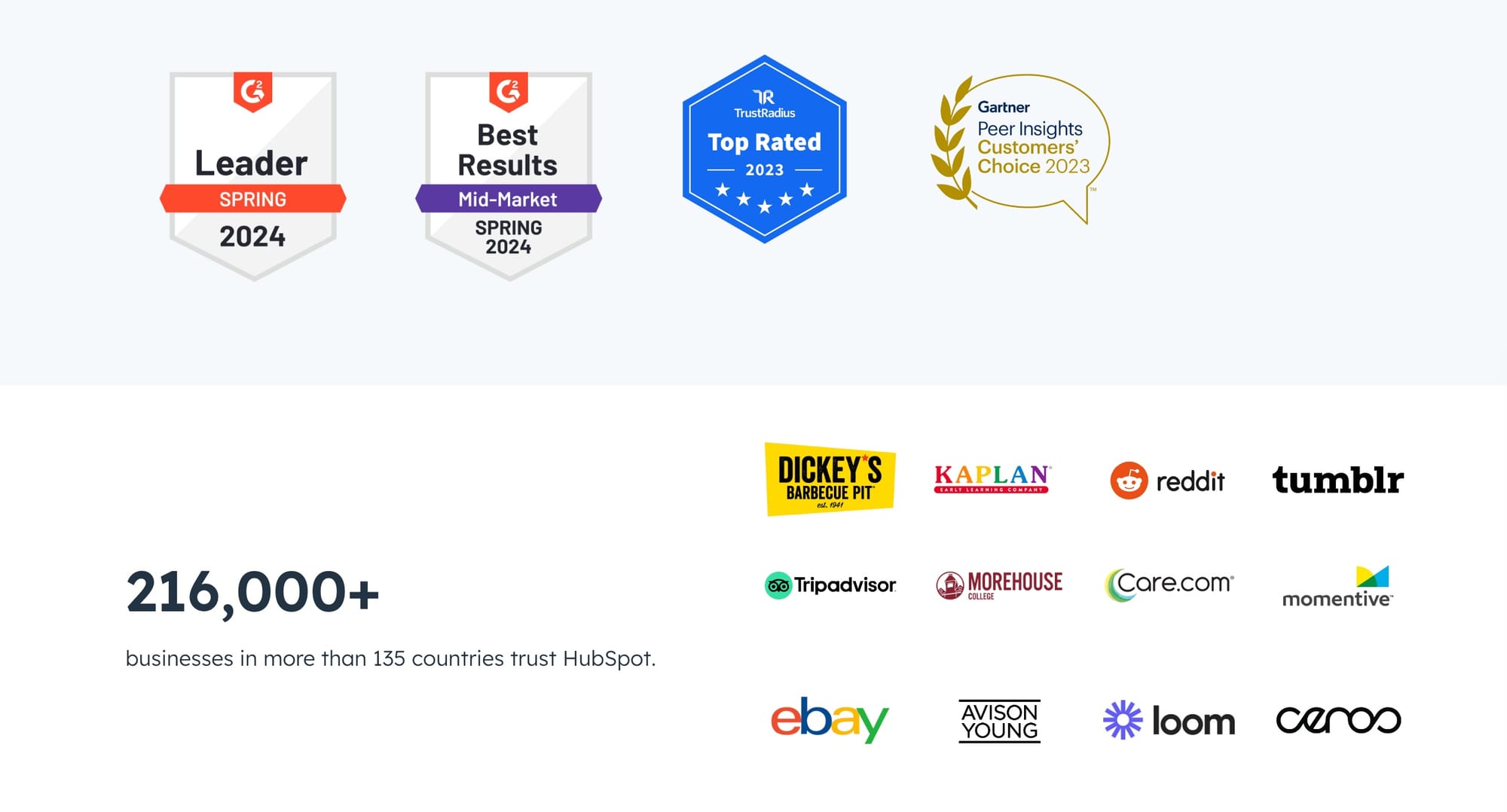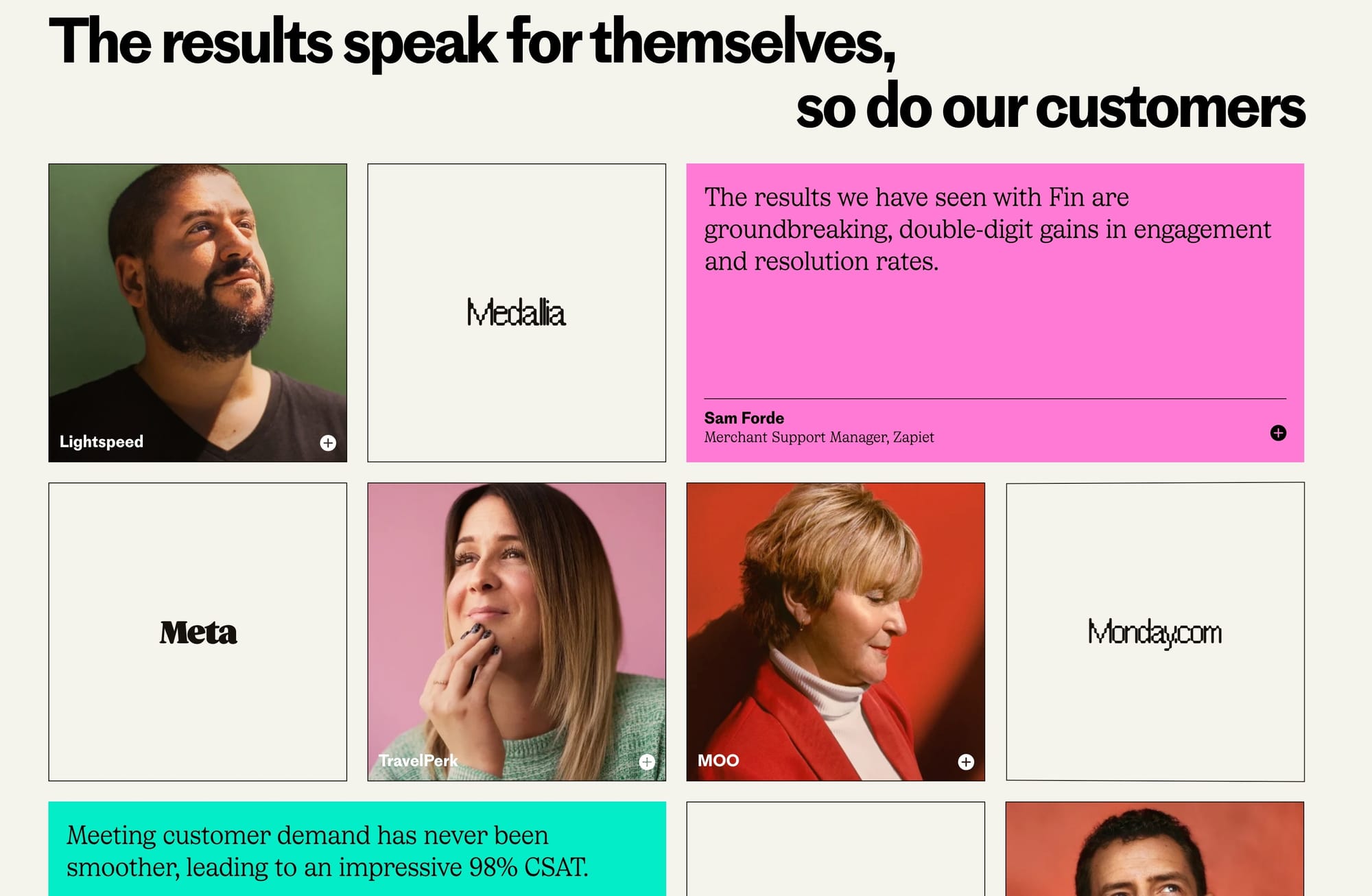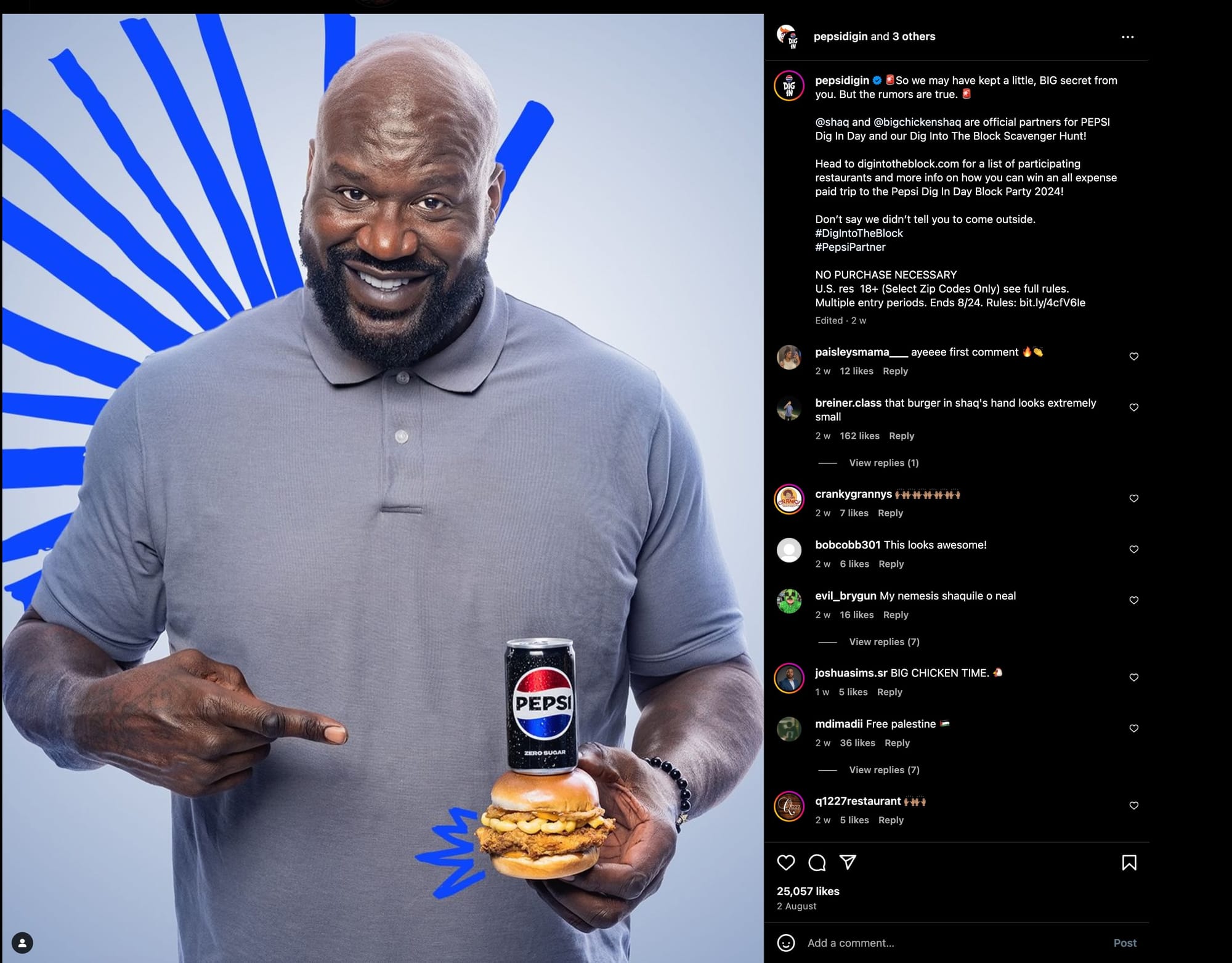Introduction
One of the key elements when y0u design a Landing Page, Home Page, and a product/ service page, is the use of social proof.
This raises a few questions:
- How many types of social proof are there?
- How and where do you display social proof on the page?
- Are there any best practices for this?
Well, this post answers all those questions.
How many types of Social Proof are there?
I have counted 16 Types of Social Proof and these are below.
- Customer Testimonials
- Case Studies
- Customer Logos
- User Reviews and Ratings
- Social Media Proof
- Trust Seals and Certifications
- Wisdom of the Crowd
- Media Mentions and Awards
- Influencer Endorsements
- Expert Social Proof
- Business Credentials
- Security Badges
- Subscriber/Follower Counts
- Activity Notifications
- Celebrity Endorsements
- Friend Recommendations
How do these play out on website pages? I have explained this below.
Where do you place Social Proof strategically?
- Above the fold: Place important social proof elements in the first section visitors see without scrolling
- Near conversion points: Add testimonials or trust indicators close to forms, checkout processes, and CTAs
- Throughout the journey: Include social proof on landing pages, conversion pages, and thank you pages to reinforce trust at every step.
Best Practices for Implementing Social Proof
Consider adding these key guidelines for effective social proof:
- Relevance: Ensure testimonials and case studies match your target audience (e.g., small business testimonials for small business prospects)
- Credibility: Make social proof believable with specific details, full names, links and titles
- Visual elements: Humanize your social proof with photos and videos when possible
- Specificity: Use concrete examples rather than broad generalizations
- Testing: A/B test different social proof approaches to find what works best for your audience
Different Types of Social Proof: Explained with examples
#1. Customer Testimonials
Basecamp highlights a testimonial from a happy customer on their homepage.

Slack features a variety of glowing customer testimonials on their website, with quotes from satisfied users at companies like Intuit, Kiva, and charity: water praising how Slack has improved communication and productivity.

#2. Case Studies
HubSpot has an extensive library of customer case studies across industries that dive deep into how their platform helped drive results.

Zapier features in-depth case studies on their website showing how customers use their app integration platform to automate workflows and boost productivity. The case studies include specific details on the integrations used and results achieved.


#3. Customer Logos
Intercom displays an impressive collection of logos that keep changing from well-known customers on their homepage to establish instant credibility.

#4. User Reviews and Ratings
Casper features star ratings and reviews from customers directly on their mattress product pages, providing social proof right where shoppers are considering a purchase.

Hootsuite showcases a banner of customer reviews from Trust Radius.

#5. Social Media Proof
Glossier often reposts user-generated content on Instagram of customers happily using their beauty products, showing their products are loved by real people.

#6. Trust Seals and Certifications
OptiMonk showcases awards and third-party endorsements in their website footer, demonstrating industry recognition and building credibility.

ASOS displays accepted payment method logos in their shopping cart, showing customers which payment options are available and building trust in the checkout process.

#7. Wisdom of the Crowd
Loom displays the number of people, companies, and countries that use their product to showcase their large user base.

#8. Media Mentions and Awards
2U showcases press mentions from major publications on their homepage to establish credibility through the authority of the media outlets.

SemRush displays the percentage of Fortune 500 companies that use their tool as well as the number of international awards they’ve received.

#9. Influencer Endorsements
Tony Robbins features images from thought leaders and influencers, leveraging their authority to build trust.

Cristiano Ronaldo lists the major brands he partners with, on his website, leveraging his celebrity status to boost those companies.

#10. Expert Social Proof
Ahrefs includes testimonials from peers and industry experts to better connect with their niche audience.


#11. Business Credentials
- Youthlogic features logos of globally recognized brands they’ve worked with, serving as visual testimonials that instantly communicate trust and credibility.

#12. Security Badges
- SecurityScorecard offers the “Seal of Trust Badge” that companies can embed on their websites to demonstrate their commitment to maintaining strong security postures.

#13. Subscriber/Follower Counts
- WPBeginner – displays their total number of readers to encourage other visitors to follow or subscribe.

#14. Notifications
Activity notifications is another service that enables sites to show real-time visitor counts and customer actions to build credibility.

#15. Celebrity Endorsements
Pepsi has a long history of celebrity endorsements, from Michael Jackson to Beyoncé, which they leverage heavily in their marketing.

Weight Watchers has had notable celebrity endorsers like Oprah Winfrey and Jennifer Hudson, boosting the brand’s profile and credibility.
#16. Friend Recommendations
Facebook employs a sophisticated “People You May Know” feature designed to help users expand their social networks. Their recommendation system uses multiple factors to suggest potential connections:
- Mutual Friends: When you share connections with someone, Facebook suggests them as potential friends
- Shared Networks: The platform identifies people from the same schools, workplaces, or organizations
- Common Interests: Users who follow similar pages or participate in the same groups may be recommended to each other
- Location-Based Suggestions: People in geographical proximity might appear in your suggestions
Conclusion
Social proof is a cornerstone of effective web design. It’s also a powerful conversion optimization tool.
As we’ve seen through these 16 types and numerous examples, properly implemented social proof helps visitors overcome skepticism, builds trust, and ultimately drives action.
The most effective websites don’t just include social proof-they strategically integrate it throughout the user journey.
From above-the-fold testimonials that make immediate impressions to real-time activity notifications that create urgency, social proof elements should be placed where they’ll have maximum impact on decision-making.
Remember that quality trumps quantity. A few specific, authentic testimonials from relatable customers will outperform dozens of generic endorsements.
Include details that humanize your social proof-full names, job titles, photos, and specific results achieved-to maximize credibility and impact.
Different businesses benefit from different types of social proof. B2B companies often see strong results from case studies and client logos, while e-commerce sites might benefit more from product reviews and real-time purchase notifications.
Don’t be afraid to combine multiple types of social proof, as we’ve seen in examples like AHREFs using both user statistics and client logos.
Finally, treat social proof as an evolving element of your site.
Regularly refresh testimonials, update statistics, and A/B test different approaches to continually improve effectiveness.
By thoughtfully implementing the strategies outlined in this guide, you’ll create a website that not only tells visitors you’re trustworthy but shows them through the experiences and actions of others.
What social proof elements are you currently using on your website?
Which new types might you implement after reading this guide?
The right combination could significantly boost your conversion rates and business growth.
Next Steps
- Join Phewture, if you’re keen to savour prompts that help you slash your time spent on marketing and content creation.
- To help you find your way around Phewture, I have put together a set of AI Recipes under Wayfinding. Do go through these and you’ll navigate like a pro through this stream of consciousness. 😄
- The Learning Methods are exercises that I’d recommend if you wish to wrap your head around the possibilities of using AI Recipes at work, or for play.
- Don’t forget to leave your comments below and share your joy with your friends on social media. Use the share icons below this post to gain some good karma.
Wish to create your conversion-led website?

Pigtail Pundits offers you conversion-driven websites, funnels, and SEO based content for your brand and business. Reach out to us for help.
Phewture lifts your Marketing Team with powerful AI Training on branding, audience analysis, competitor analysis, persona creation, and content strategy using AI.

Thank you for trying out Phewture.
While you enjoy your sojourns here, I’d love to have your feedback. Use the comment box below and let it rip.

